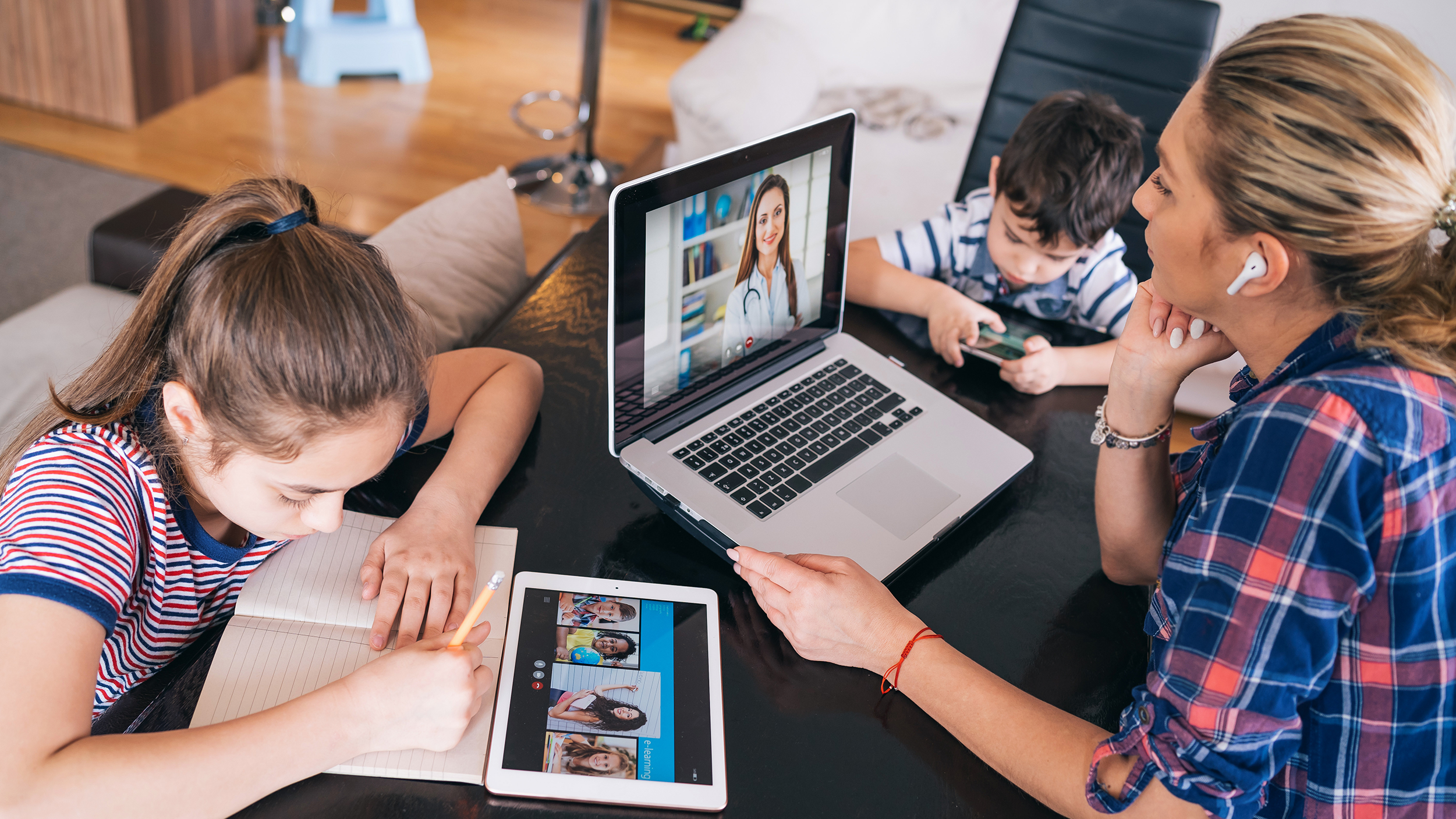Viewpoint: Throw the Neediest a Modernized Lifeline
Updating key federal telecom program would narrow digital divide

The nation’s only program aimed at helping low-income American families afford mobile communications is known as Lifeline for a reason. Through a federal subsidy of $9.25 per month, Lifeline helps those most in need obtain the phone or broadband service that the pandemic has made a necessity of everyday life.
Unfortunately, the program is so tied up in red tape that it’s cumbersome and expensive to administer, which reduces the number of participating providers and makes it difficult for consumers to access the benefit. Because of the shortcomings, the program is substantially underutilized, evidence that Lifeline in its current form is inadequate for making broadband available to the less financially fortunate. The Federal Communications Commission’s Universal Service Administrative Co. estimates that there are about 38.6 million Lifeline-eligible households, but only around 9.6 million participate, meaning that only one in four eligible households is taking advantage of the program subsidy.
Modernizing and simplifying the Lifeline Program could extend the benefit to more families in need and open up the program to many more competitive service providers, such as cable broadband operators.
A multitude of companies offers telecommunications services in the United States. They range from small, local companies such as the Hot Springs Telephone Co. in Hot Springs, Montana, to large industry leaders like AT&T and Verizon Communications. American consumers have a buffet from which to choose, but because many companies have decided not to participate in the program, Lifeline beneficiaries order from a limited menu.

Costly Middleman Mandate
The program saddles service providers with the burden of acting as middlemen between the federal government and consumers, an unnecessary and costly responsibility that has greatly reduced the number of participating carriers. Companies are discouraged from taking part by a broad list of Lifeline regulations, including multiple annual audits, many years of required record-keeping, and the necessity of filing reimbursement claims to the Lifeline program for each customer served. Participating providers are also required to bill customers directly and then seek reimbursement from the Lifeline program. This cumbersome and costly process is totally unnecessary.
A structural change could make the Lifeline program far more useful and let it play a larger role in closing the digital divide. The monthly benefit should be converted and greatly simplified, opening the door to use of the program by a larger number of service providers and Lifeline beneficiaries.
The smarter way to stay on top of the multichannel video marketplace. Sign up below.
Beginning in 2014, I began advocating for the current Lifeline structure to be scrapped. Service providers should no longer be required to engage in extensive record-keeping and submit invoices to the government for reimbursement. Instead, the monthly Lifeline benefit should be provided directly to consumers in the form of a “Lifeline Benefit Card,” a debit-like card that would automatically reload each month. Consumers could then use the benefit card to shop among carriers in order to select the carrier and specific services that best meets the consumers’ needs, and they could choose between telephone service or broadband service or some combination of the two with the monthly benefit defraying all or a portion of the total bill.
American consumers have a buffet from which to choose, but because many companies have decided not to participate in the program, Lifeline beneficiaries order from a limited menu.
Rick Boucher
SNAP Offers a Model
The Supplemental Nutrition Assistance Program (SNAP) is proof that the provision of government benefits through a debit card is highly workable. Not only would a direct-to-consumer Lifeline Benefit Card empower subsidy recipients to shop among providers, it would also make the program far more attractive to carriers by eliminating the carrier costs associated with record-keeping, auditing and billing. More carriers would be willing to participate, and more participating carriers would increase competition in the marketplace, benefitting consumers by substantially expanding their range of service provider choices.
With internet access now required for working from home, learning virtually, shopping on e-commerce websites and being entertained through the ever-expanding program offerings of a variety of streaming services, subscribing to a broadband service has never been more necessary for everyday living. The Lifeline program can help to provide that essential service to millions more American homes — but only through a modernized program that attracts more carriers and is more accessible to low-income Americans.
